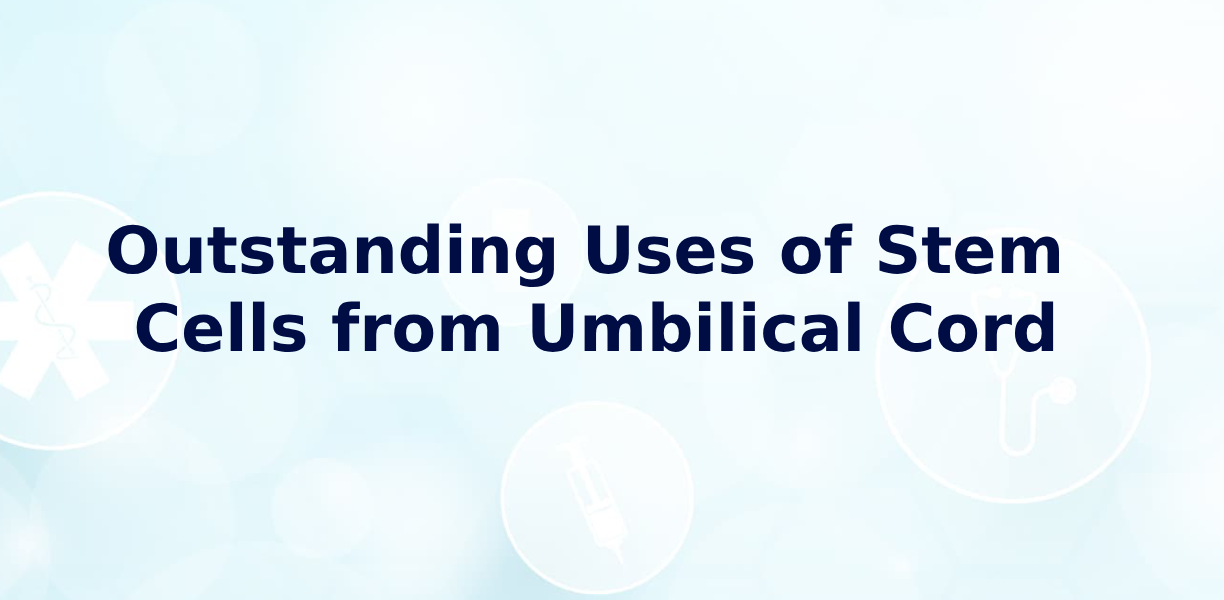Subtotal $0.00
Cord: Cell Treasure
Before understanding the magic these cells perform, it is essential to realize what they are. Umbilical cord blood is rich in hematopoietic stem cells (HSC). These cells can evolve into all other blood cells, whether red blood cells, white blood cells, or platelets. This adaptability is what makes them so valuable.
So What’s the Problem?
Compatibility and Reduced Rejection:
- One of the challenges with stem cell treatments is the possibility that the recipient’s body will reject the cells. Umbilical cord stem cells are less mature than other types, meaning they have less risk of causing an immune response. This results in a higher chance of compatibility with the recipient.
Easy to Collect and Store:
- Collecting these cells is safe and painless. After the umbilical cord is clamped and cut, the remaining blood is extracted and can be stored in a cord blood bank. This “bioinsurance” can then be used for treatment if necessary.
Quickly Available:
- In emergency situations, the provision of compatible stem cells can save lives. With stored cord blood, there is no need to wait for a compatible donor.
Potential and Current Uses:
Blood Disorders and Leukemia:
- Umbilical cord blood stem cells have successfully treated diseases such as thalassemia and sickle cell disease. They also play a crucial role in the treatment of different forms of leukemia.
Immune System Disorders:
- For diseases like lupus or certain types of immunodeficiency disorders, these stem cells offer a glimmer of hope.
Metabolic Disorders:
- Diseases such as Krabbe disease or Hurler syndrome that affect the body’s metabolism also show promising results in treatment with umbilical cord blood stem cells.
Applications in Regenerative Medicine:
- Umbilical cord blood stem cells are finding use in the regeneration of damaged tissues and organs.
Future Vision:
Research is continually evolving, expanding the potential uses of umbilical cord-derived stem cells. Research is underway into their application for conditions such as:
Autism:
- Preliminary studies show the ability of umbilical cord blood cells to improve symptoms in children with autism.
Brain Damage:
- It is hoped that these stem cells may play a role in healing traumatic brain injuries or damage caused by stroke. Some centers are already applying them in this use.
In Short:
The umbilical cord, once considered merely a conduit between mother and child, is now revered as a source of potential. As science continues to reveal the countless uses and benefits of umbilical cord-derived stem cells, one cannot help but marvel at the hidden treasures in the earliest stages of a child’s life. It is a testament to the foresight of nature and the limitless possibilities of medical science.



